Is Iceland Expensive?
By Kimi Tayler
You just have to know! How to hack holidaying in one of the most expensive countries in the world
Is Iceland Expensive?
When in conversation about what it’s like to live in Iceland, I have to remind my loved ones that whilst every day can seem like an adventure, I am also in my thirties and cannot afford to buy cheese! There are many things as a foreigner negotiating the culture here that are met with the phrase ‘you just have to know’, and this includes surviving the financial pitfalls.
Is Iceland expensive? The simple answer is yes. According to a report from the CEOWORLD magazine, as of February 2020, Iceland is the third most expensive country in the world after first place Switzerland and second to Norway. With the cost of living in Iceland 24.41% higher than in United States, you may be questioning whether you should book your dream holiday to the land of fire and ice.
But fret not! There are ways to make the most of your hard earned holiday money. So here is a helpful guide to some of the things ‘you just have to know’ about cutting costs so you can splash out where it matters during your adventure of a lifetime in Iceland.
Currency and basic budgeting

Given the small population size of little more than 360,000, it may come as a surprise that Iceland maintains its own currency, the krona.
It is worth noting that most places you will be travelling, even in the countryside, support credit and debit cards, so it is worth coming with as little cash as you can. Do not attempt to pay with dollars and euros in shops, cafes and restaurants, as other currencies are not accepted. Whilst undeniably useful to carry a little paper money for emergencies, it is worth noting that the krona is a currency that holds little value outside of Iceland. It can be hard to get hold of before travelling, and even harder to exchange once you leave. So pay plastic or Apple Pay where you can.
In recent years cheaper flights and layovers to Iceland between Europe and the USA have opened up exciting opportunities for travellers to explore this wonderfully eccentric little Nordic paradise. The surprisingly low cost of getting here can however lull some travellers into the trap of booking trips without considering the expense until arrival.
As the Nordic nations have become popular destinations for their cool style, cosy culture and reputation for happiness, they have also become known as being expensive places to visit. According to Budget Your Trip, in 2019 the average daily budget for a traveller in Iceland was around 22,000kr ($158.96/€141,54/£129.33) per person. This is based on the costs of food, transportation and accommodation and does not even take into account any activities and trips you may have in mind. The currency can be confusing, so something as simple as a meal out can easily go way beyond the suggested daily budget of 3783kr ($27/€24.34/£22.24), but trust me, it can be reduced if you know where to go.
There are many simple ways to tighten your budget; just by choosing to partially self-cater and self-guide, limiting transportation costs if you’re staying in the capital area and choosing hostels with dorms or private rooms over hotels, you will save money.
PLAN YOUR JOURNEY
Travelling to Iceland?
Check our overnight tours with a driver guide that includes a one night stay in a bubble.
*Starting from ISK 59.900 per person
Where to go: a guide to guiding yourself
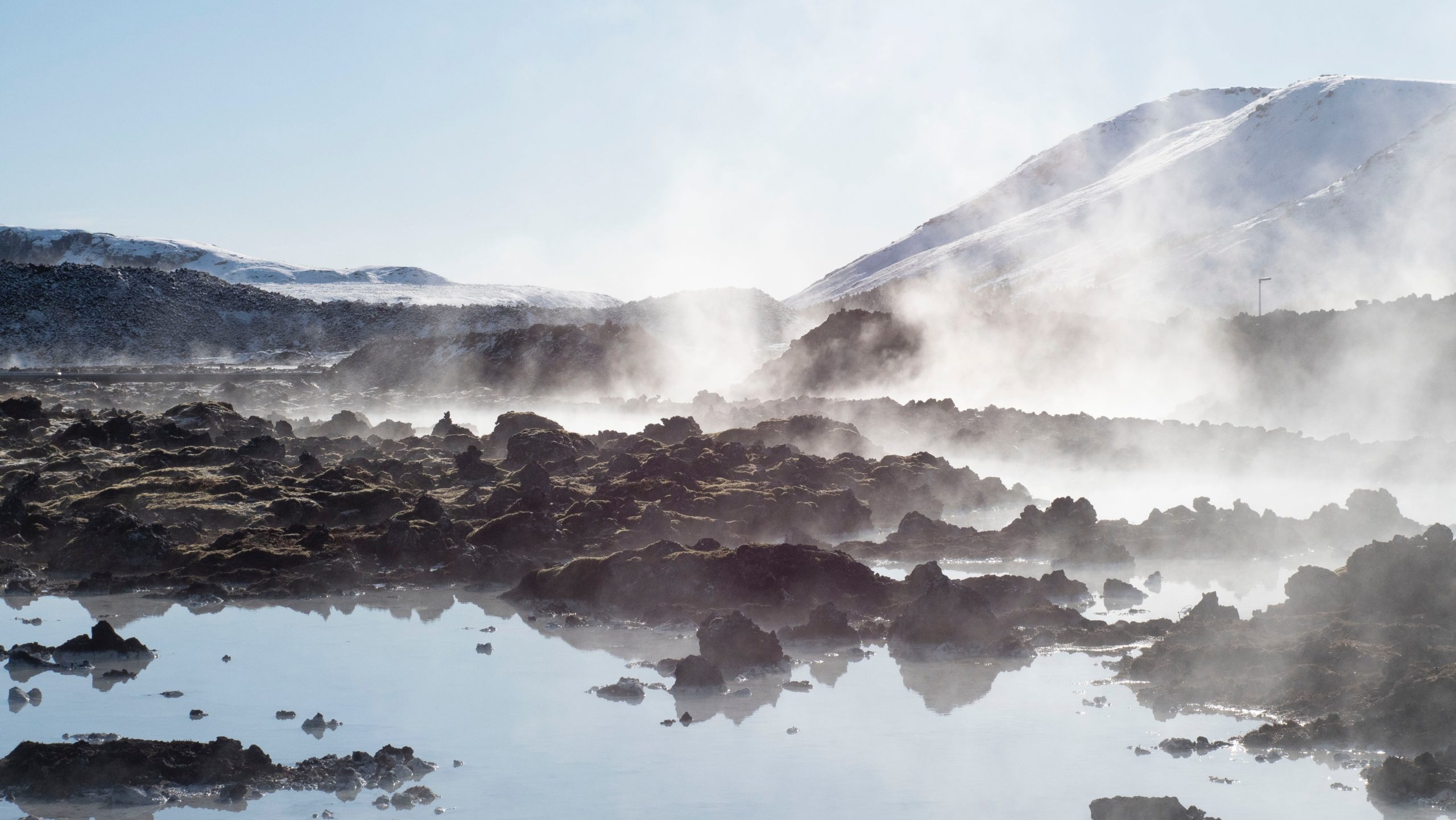
If you hire a car, you can regulate the money you spend by self-guiding. Whichever direction you take will lead to an adventure that, apart from the cost of fuel, won’t cost a penny.
Iceland is truly breathtaking with its variety of lava fields, more waterfalls and black sand beaches than you can shake a stick at and a variety of quirky towns to explore. Whilst I would not entirely forgo the knowledge of nature and historic insight that you will get from amazing, highly entertaining trained guides on a tour, you can create your own day trips by exploring less visited areas.
The Reykjanes peninsula is gorgeous, easily accessible by car and a great place to self-guide. A UNESCO Global Geopark with an array of natural wonders to discover, Reykjanes’ proximity to Reykjavík makes it a must visit for those with limited time and budget. Whether you have an interest in hiking trails, spectacular birdlife or standing on the bridge between continents; with six volcanic systems, 55 geosites and the occasional earthquake you might honestly feel the earth move by taking a day trip to this magical peninsula. This is the perfect destination to pack up a budget picnic and explore; and it won’t cost the earth.
If you’re hankering for a hike, Mount Esja is close to Reykjavík and the beginning of the route is easily accessible by bus. The hike takes between two and four hours, and is possible even for the most unseasoned of hikers (like me!). You’ll be rewarded with spectacular views, but as always layer up and watch out for the weather.

If you don’t have access to a car it might be worth checking the car-share website Samferda.is. Often other travellers will post looking for passengers for trips they are going on around the country and this usually only requires the splitting of fuel costs. Carpooling can also be a useful option for getting to and from the airport.
Hitchhiking is commonplace in more rural areas. As a seasoned hitchhiker, Iceland is probably as safe as it gets and I have met some wonderful people and have had many unique experiences travelling this way. However, it is also always important to make it clear that this is a personal choice and you must be mindful of safety if you choose this method of travel. Hitchhiking is certainly not for everyone- and my Mother would certainly rather I didn’t!
Saving money in the city
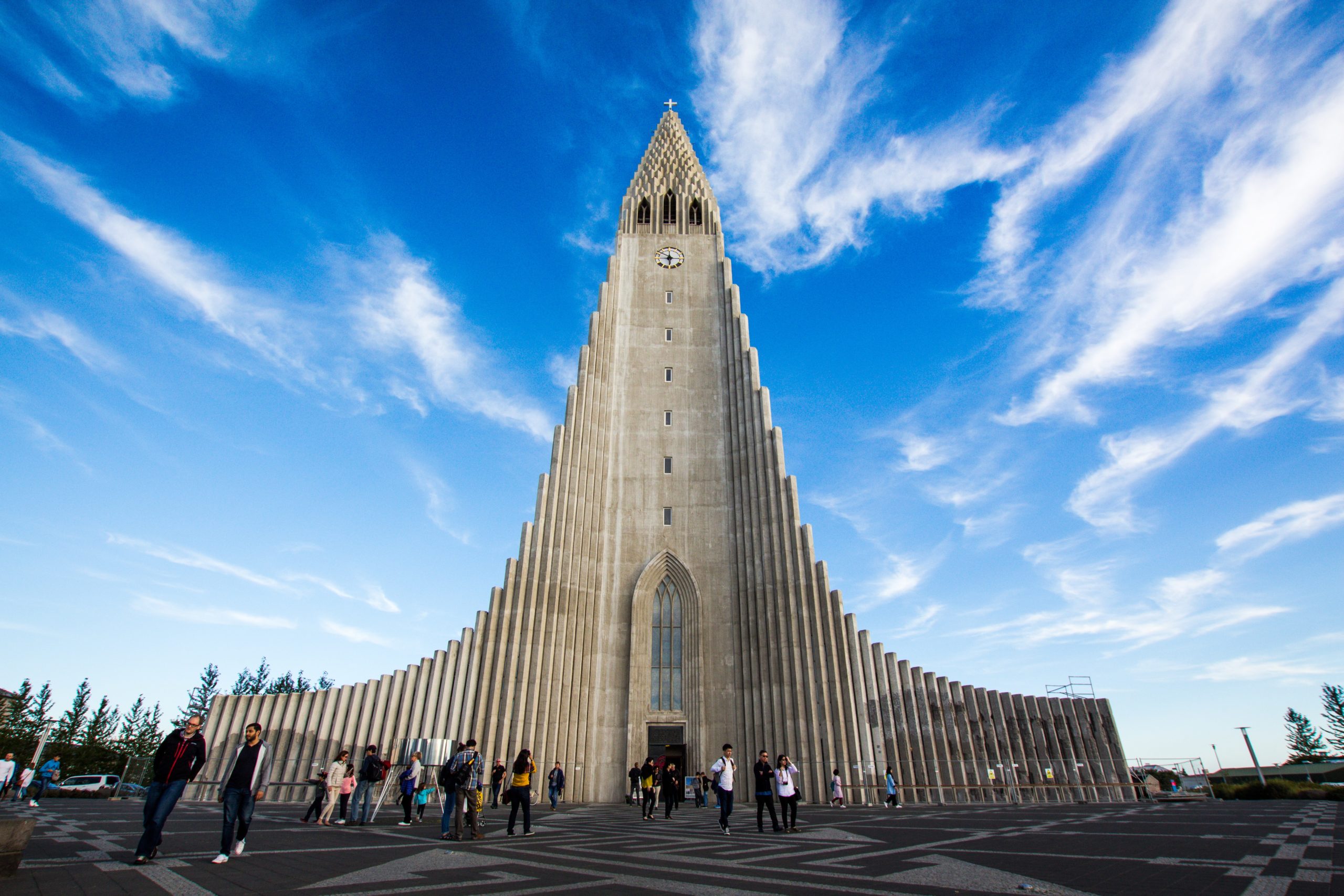
There are plenty of activities and things to do in Reykjavík which will cost you little to no money. When the weather is kind, exploring the city is always a joy. The centre itself is not large so it is very easy to negotiate on foot. Whether you’re walking along the seafront, checking out the harbour area or exploring the colourful houses downtown, Iceland’s capital has a lot to offer if you are willing to scratch the surface.
If you are a culture vulture it is worth checking out the events lists in the Reykjavík Grapevine for daily updates on what’s happening around town. As well as the more traditional institutional galleries and museums Reykjavík boasts a vibrant art scene with plenty of free artist run spaces to explore in and around town. The Marshall House on Grandi houses two of the most exciting spaces in the city, Kling and Bang and The Living Art Museum, both of which host regular exhibitions by Icelandic and international artists. Though they encourage do donations there is no entrance fee when visiting.
If you are game for a giggle Reykjavík also has a burgeoning and diverse English speaking stand-up comedy scene. In 2019 there were shows every night of the week, with both ticketed and free open-mic style shows taking place at The Secret Cellar comedy club and across venues downtown. Gaukurinn is a venue that also serves up a range of live events (both free and ticketed) ranging from comedy and music to regular drag shows.
For a truly authentic Icelandic experience you must visit one of the many swimming pools dotted across the country. Heated with the same geothermal water as the more expensive destination spas and lagoons, local pools will always cost less and provide a genuine insight into an important part of Icelandic culture. Reykjavík alone boasts seven pools across the city and suburbs, and a variety of discounted pool card options are also available.
Eat smart
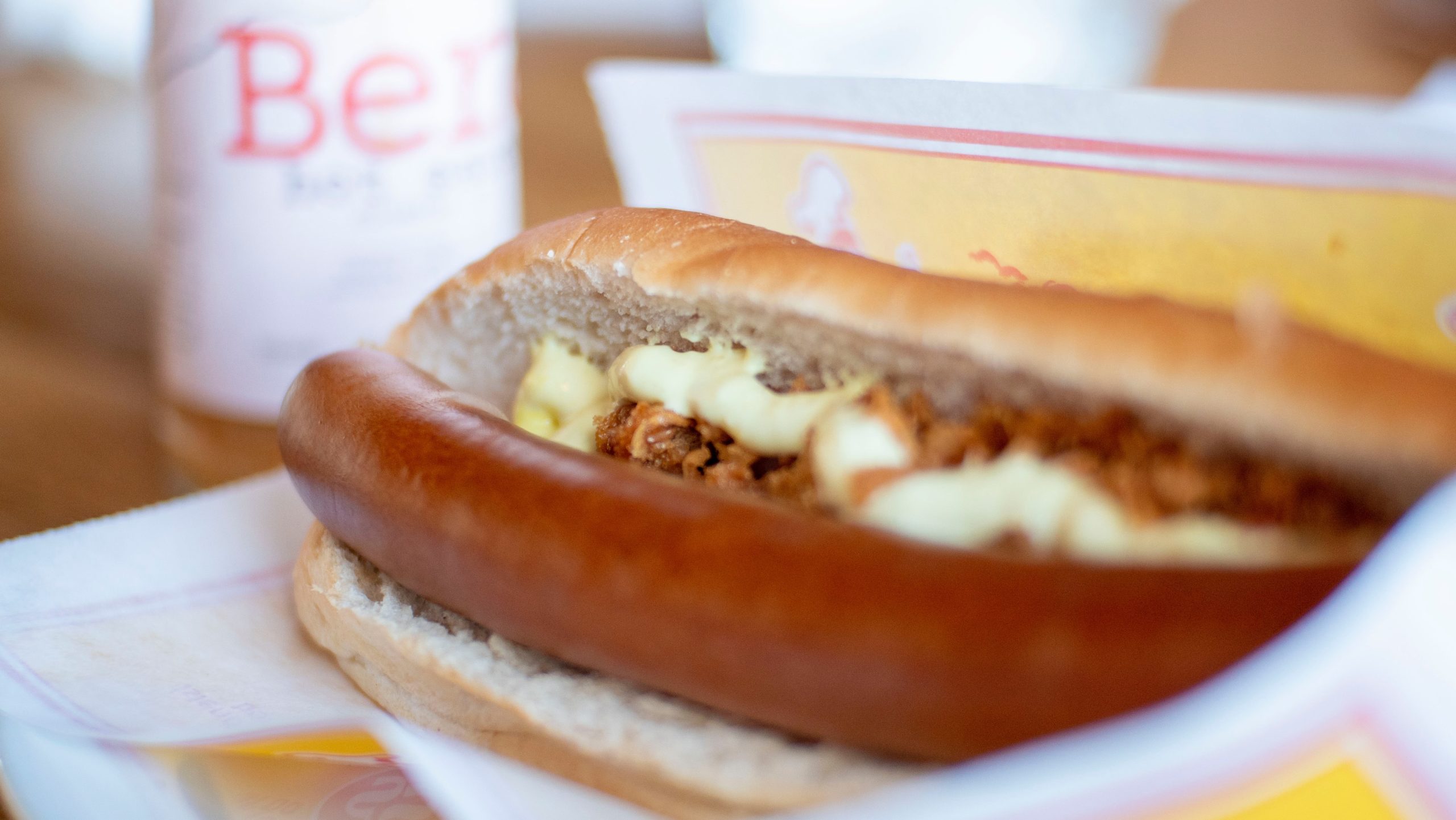
Whilst eating out is notoriously pricey, Iceland is full of wonderful restaurants and cafes serving up delicious food using local ingredients. Despite the amount of necessary importing of food, there is an emphasis on responsible sourcing that is to be applauded. With geothermal greenhouses situated throughout the countryside Iceland manages to grow a surprising amount of its own produce.
Money saving rule number one when it comes to food and drink is- never buy bottled water. Icelandic water might just be the best in the world and it all comes from the same place- whether that’s from an expensive branded plastic bottle, or from the cold tap. The best place to get water is straight from the source so if you happen to be hiking in the mountains fill up a reusable bottle from an ice-cold stream for instant refreshment.
If you’re on a tight budget or maybe wanting to save for a special meal that is a little bit fancy then partial self catering is a good option. Whilst convenient, avoid pricey 10/11, downtown and local village stores where the costs are often increased even on the most basic of items. Taking a trip to the Grandi area of Reykjavík gives a choice to fit every budget with Bónus, Krónan and Netto all on one complex. Aiming to buy ‘First Price’ branded items should also benefit your wallet. Meat and dairy will also impact your final shopping tally, so perhaps go vegan for some of the week- it will save you pennies and benefit the planet, so it’s win win! And the cows will thank you.
If you require a city or road snack, the famous Icelandic hotdog may be just what you’re looking for. Available at a variety of vendors (including the infamous Bæjarins Beztu) and in every gas station on the ring road, it’s the perfect snack. One with everything will keep hunger at bay and won’t harm your bank balance, coming in at around 450kr ($3.35/€2.90/£2.65).

Soup is also a great option and in typical Icelandic ‘you just have to know’ fashion, there is usually a free refill that you won’t necessarily be told about. Hearty and warming on cold days, Icelandic meat soup (or lobster in fishing towns) is a classic that can be found in many gas stations as well as in every town in the country. There will usually be a vegetarian alternative on the menu so nobody has to miss out on that satisfying free bowl.
If Iceland had a national beverage it would be coffee, and if you’re looking for the cheaper option, the filter will always be fresh and high quality. The same rule usually applies to coffee as it does with soup regarding refills so make the most of it. If you’re desperate and looking for a freebie, you can also usually find a free customer coffee machine in the bank or more surprisingly in the hardware store. So perhaps stop in for that essential hammer purchase to get that sweet free caffeine fix!
It is perfectly acceptable to have ice-cream for dinner and I thoroughly recommend it as another cheap dining option. An ideal snack in any weather, enjoyed especially in the depths of winter and during storms, ice-cream is probably only third to coffee and hotdogs as an Icelandic national cuisine. With a selection of candies and chocolates that Willy Wonka would be envious of, ice-cream vendors offer a variety of out-of-this-world combinations.
If you are planning to drink, it is important to know that Iceland has extreme restrictions regarding the sale of alcohol. You will save yourself a lot by using your duty-free allocation and stocking up before leaving the airport. Apart from bars and restaurants, alcohol can only be purchased in government run off-licenses and for this reason there is a significant mark up. During my first six months in Iceland I chose not to drink purely for financial reasons; so going temporarily teetotal is also a valid choice not only for your body but for your bank balance!
Get Appy
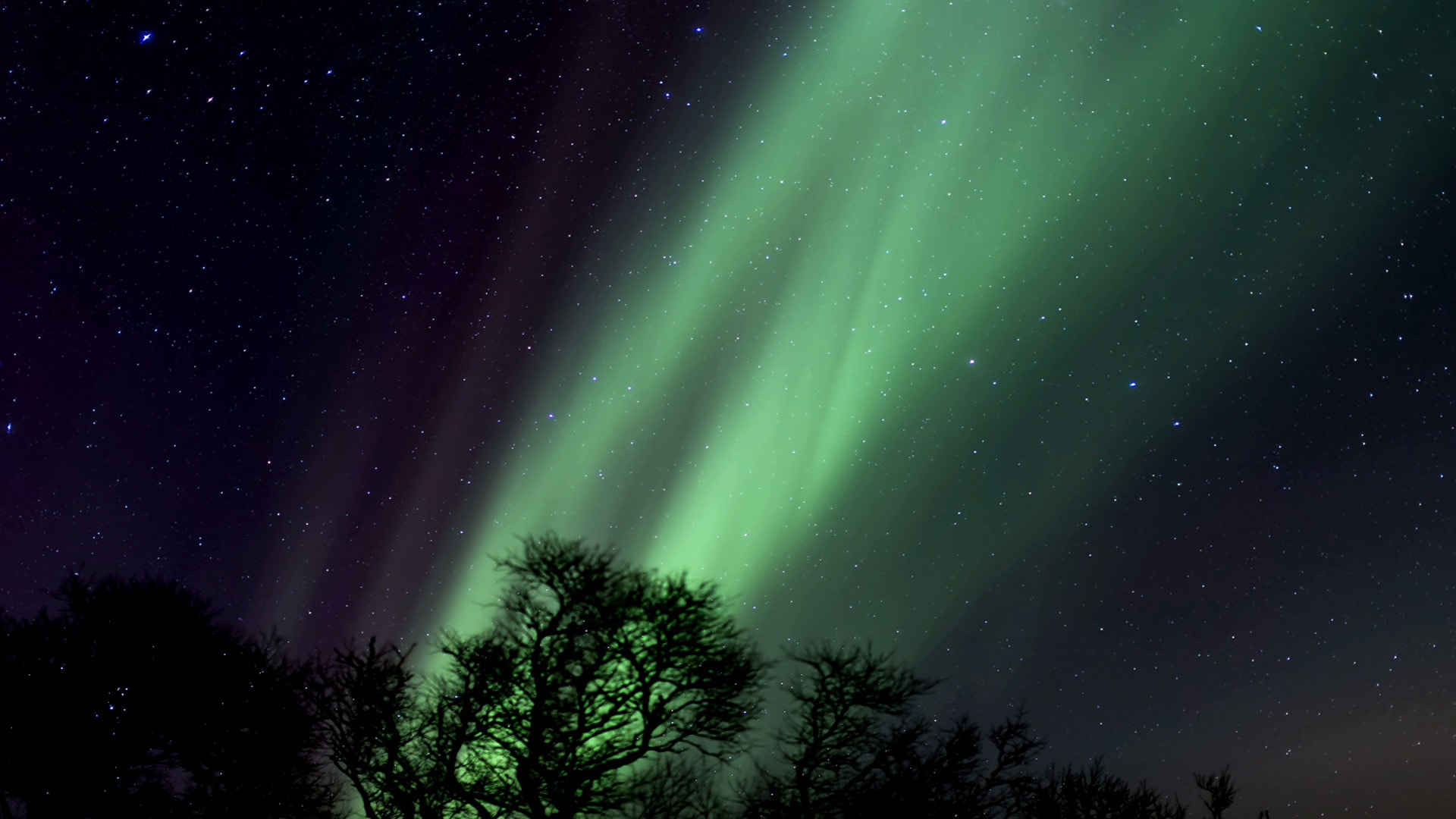
There are a number of apps that may prove useful during your trip, and will also help you cut financial corners. As mentioned above alcohol is highly restricted in Iceland so if you are planning to drink responsibly during your trip, Appy Hour is essential. By allowing you to follow the Happy Hours around Reykjavík, you’ll get a chance to see more of the bar culture, maybe meet some locals and again save those precious pennies.
The Straeto bus app is another essential app if you are staying in the city. Although buses do accept cash, they will not give change, and I’ve seen many a-tourist throw in a 1000kr note and get stung by this. Buses are also one of the only places that do not accept cards, so get this app.
In summer the best, cheapest and most fun way to get around town is undoubtedly by scooter. A new addition to the landscape of the city, it will often cost less than a bus ticket. There are plenty of cycle lanes to follow, so there is no need to feel unsafe whilst whizzing downtown. There are currently two companies that run scooters; you can pick up a blue Hopp or an orange Zolo on almost any street in the downtown area. The locals just ask that you please scoot sensibly!
Though not always visible, in the darker months you may be lucky enough to see the famed Aurora Borealis during your visit. Whilst tours offer you trips with experienced northern lights guides who have the inside scoop on the best and darkest locations, there are a number of apps that can help guide you as to when and where you might get lucky. Hello, Aurora launched in 2019, aims to collate the most accurate data available and has the added bonus that users can share their successful viewing locations with others.
Who to make friends with
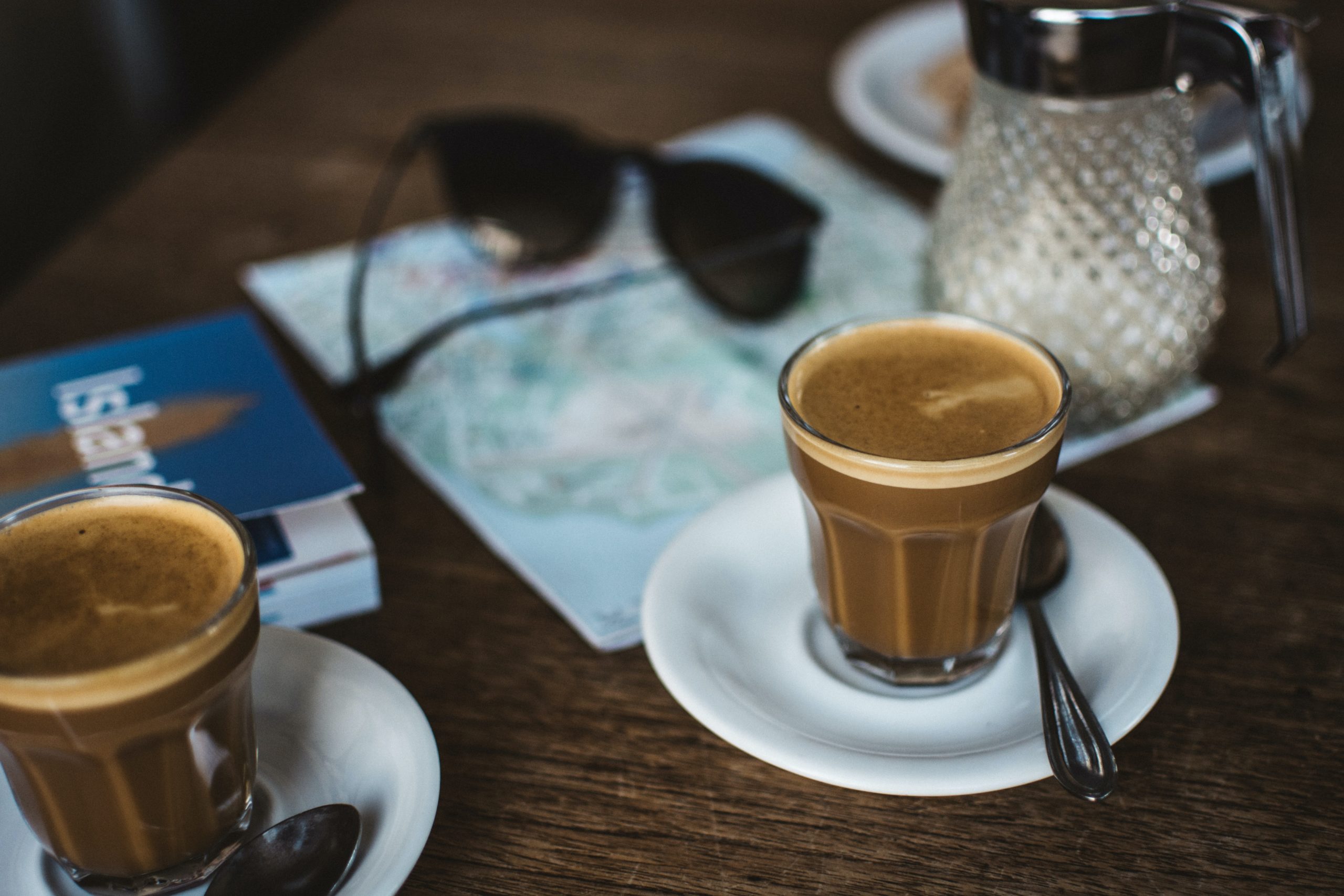
Befriending locals (whilst not forcing your company on them!) on your trip will not only give you an insight into the real culture but may also lead to some useful money saving hacks.
First of all treat your baristas and service industry workers nicely! They are often the people who know areas best and always have a hot-tip or two. As a former barista I always made time for recommendations for nice customers and directed them to the most exciting local events and cheapest places in the city. Being polite costs nothing, and sometimes you will be rewarded.
The Student Cellar in the University of Iceland is open to all and boasts some of the cheapest prices for food and alcohol in the city. They also hold a range of events and often show sports on a big screen. It also pays to make friends with a student, as they get extra discounts at the bar. Maybe offer to buy a round and you’ll be sure to have a good night!
Local produce is the best and when you’re on your travels stop and support local communities and their businesses. There is nothing better than fresh Icelandic fish, and rather than spending a fortune in supermarkets and city restaurants, I recommend going local. Though there are large companies that buy and sell most of the fish in Iceland, some fishing towns still have small processors and sellers. Buy from the source, save money, and cook yourself. You will never have had fresher, and you will not regret it.
Where to splash your cash
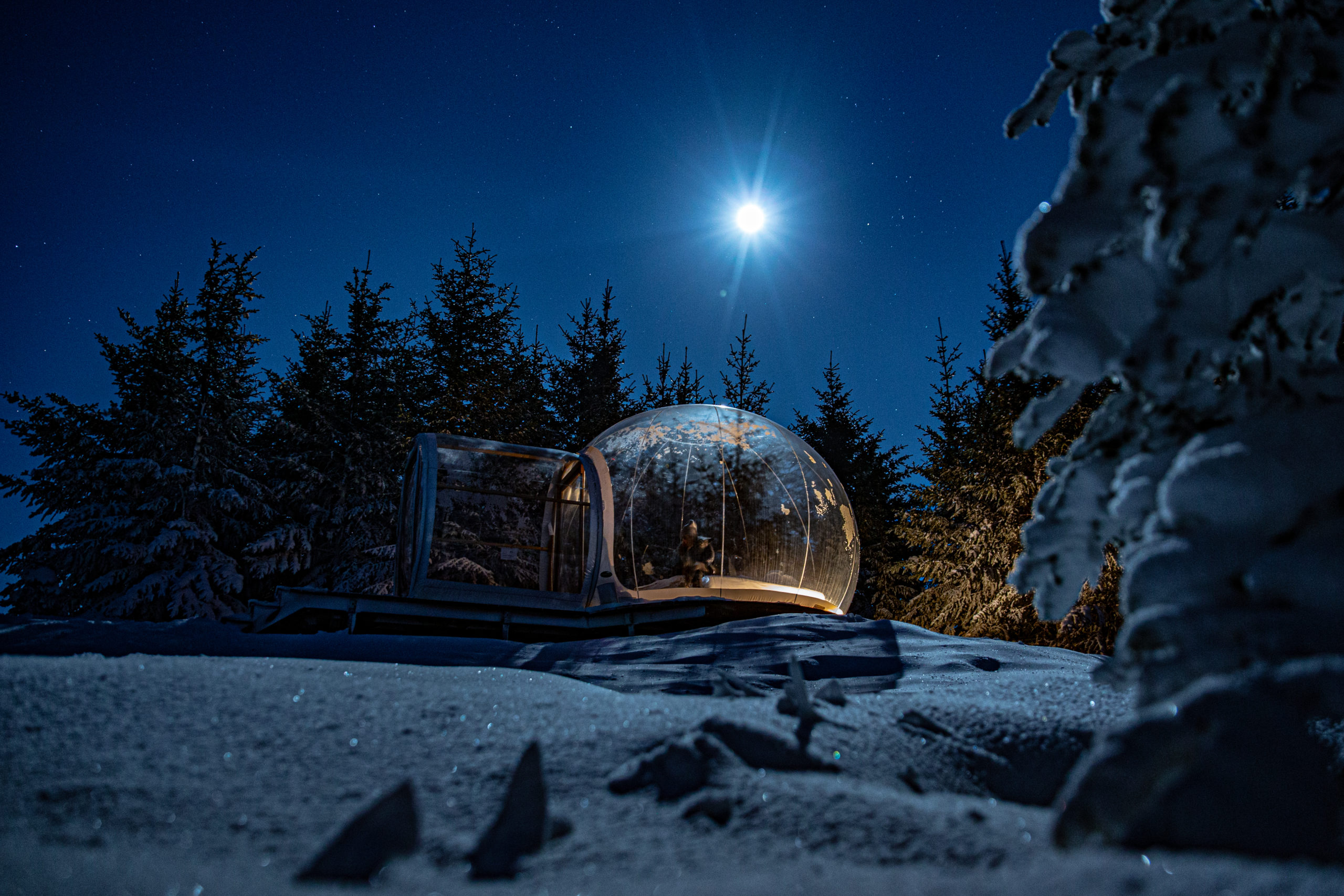
Now you’ve saved on food, alcohol, transport and hopefully bagged yourself a few new friends; it’s time to relax in one of the one of the most unique and extraordinary locations imaginable. The Bubble Hotel provides unique accommodation where lifelong dreams come true. An amazing place to make priceless memories, in the winter you can lie under the stars in our innovative completely transparent igloos, watching the Aurora; whilst in summer you can enjoy the midnight sun surrounded by nature. With additional Golden Circle and South Coast tours available in all seasons this is truly an unforgettable adventure worth paying for.
Car hire is also worth the expense, allowing you to save money in other areas. With rentals ranging from anyways between 4570kr ($33/€30/£26.50) and 27,700kr ($200/€178/£160) per day depending on the car size and level of luxury you require; there’s a vehicle to fit every budget. I would recommend visiting a comparison site such as rentalcars.com just to ensure you get the best deal possible. Having your own car allows you access to the ringroad and a whole heap of adventure awaits whether you head north, south, east or west. Just pay attention to those changeable weather conditions and you’ll be good to go.
As far as you can get on your own, there are certain experiences that require the knowledge, experience, equipment and access only a guide can provide. Whether you’re an adrenaline junkie or a nature lover there is a day trip to suit all sensibilities. Glacier hiking, ice-cave tours and snorkelling in the crack between continents are all available for those of an adventurous nature; whilst taking a ride on the unique Icelandic horse or coming face to face with humpback whales is an experience you will never forget. Iceland offers the opportunity to really engage with the land in a way you can nowhere else; and these are the experiences really worth investing in.
Whilst Iceland is expensive, with a bit of planning ahead and some clever budgeting there is no reason not to experience the best that this extraordinary country has to offer. As the saying goes; you just have to know!
*PLEASE NOTE All figures and prices listed in this article are subject to change.
PLAN YOUR JOURNEY
Travelling to Iceland?
Check our overnight tours with a driver guide that includes a one night stay in a bubble.
*Starting from ISK 59.900 per person
1 Comment
Comments are closed.



[…] Iceland may have a reputation for being an expensive place to dine, it is rightfully gaining a reputation as an exciting foodie destination with […]